From Skies to Seas: Innovating Maritime Monitoring with Mathieu Johnsson
Table of contents
- Introduction
- Mathieu Johnsson: A Passion for Aerospace
- The Path Less Traveled: From Airbus to Drones
- The Challenges of Maritime Monitoring
- Drones: Bridging the Gap in Maritime Surveillance
- Marble Aerospace: Revolutionizing Maritime Monitoring
- The Future of Drones in Maritime Monitoring
- Trends Shaping the Drone Industry
- Advice for Aspiring Engineers and Entrepreneurs
- Conclusion
Introduction

Maritime monitoring plays a crucial role in ensuring the safety and security of our oceans. With increasing threats from illegal fishing, smuggling, and environmental violations, innovative solutions are needed to effectively monitor vast marine territories. In a recent episode of the podcast Now Boarding, hosted by Payal Nayar, the spotlight was on Mathieu Johnsson, Co-founder and CEO of Marble Aerospace. The conversation delved into Johnsson’s inspiring journey and the groundbreaking work his company is doing in utilizing drones for maritime monitoring.
Mathieu Johnsson: A Passion for Aerospace

Mathieu Johnsson’s fascination with aerospace began at an early age, deeply influenced by his family’s involvement in aviation. Growing up in a household where creativity and flight were intertwined, he often flew with his father, a private pilot. This unique upbringing sparked his dream of designing aircraft for major manufacturers like Airbus. However, after realizing that aesthetics took a backseat to engineering in aircraft design, he chose to study engineering, focusing specifically on early-stage aircraft design, which would prove pivotal in his career.
The Path Less Traveled: From Airbus to Drones
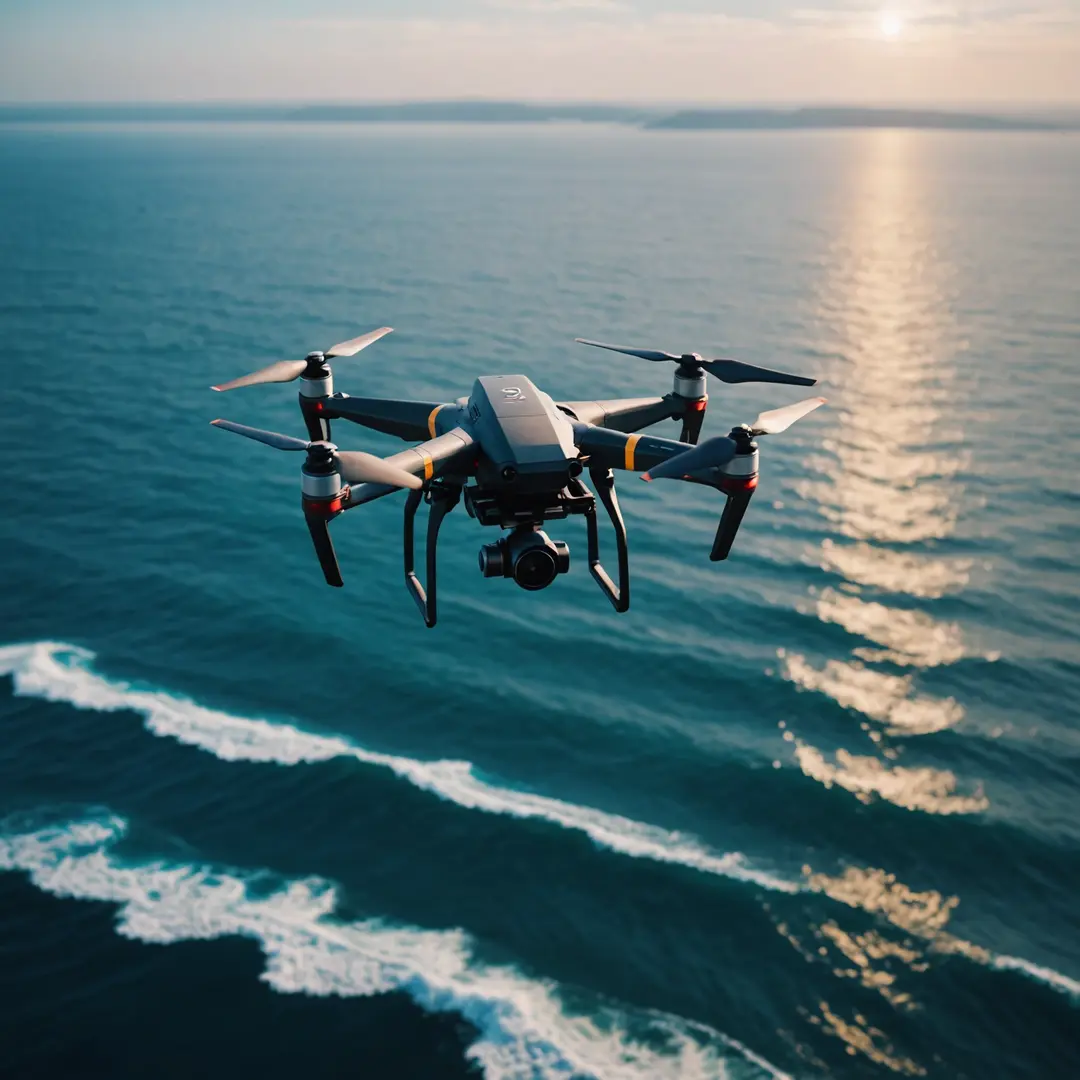
Johnsson’s journey took him to Airbus, where he initially hoped to work on innovative aircraft designs. However, he quickly recognized that the pace of innovation within the company did not align with his aspirations. Frustrated but determined, he began building drones as a side project, honing his design and engineering skills. This hands-on experience not only improved his expertise but ultimately led him to secure a position at Airbus. However, it also revealed to him that his true calling lay in the realm of drones, where he could innovate rapidly and sustainably.
The Challenges of Maritime Monitoring
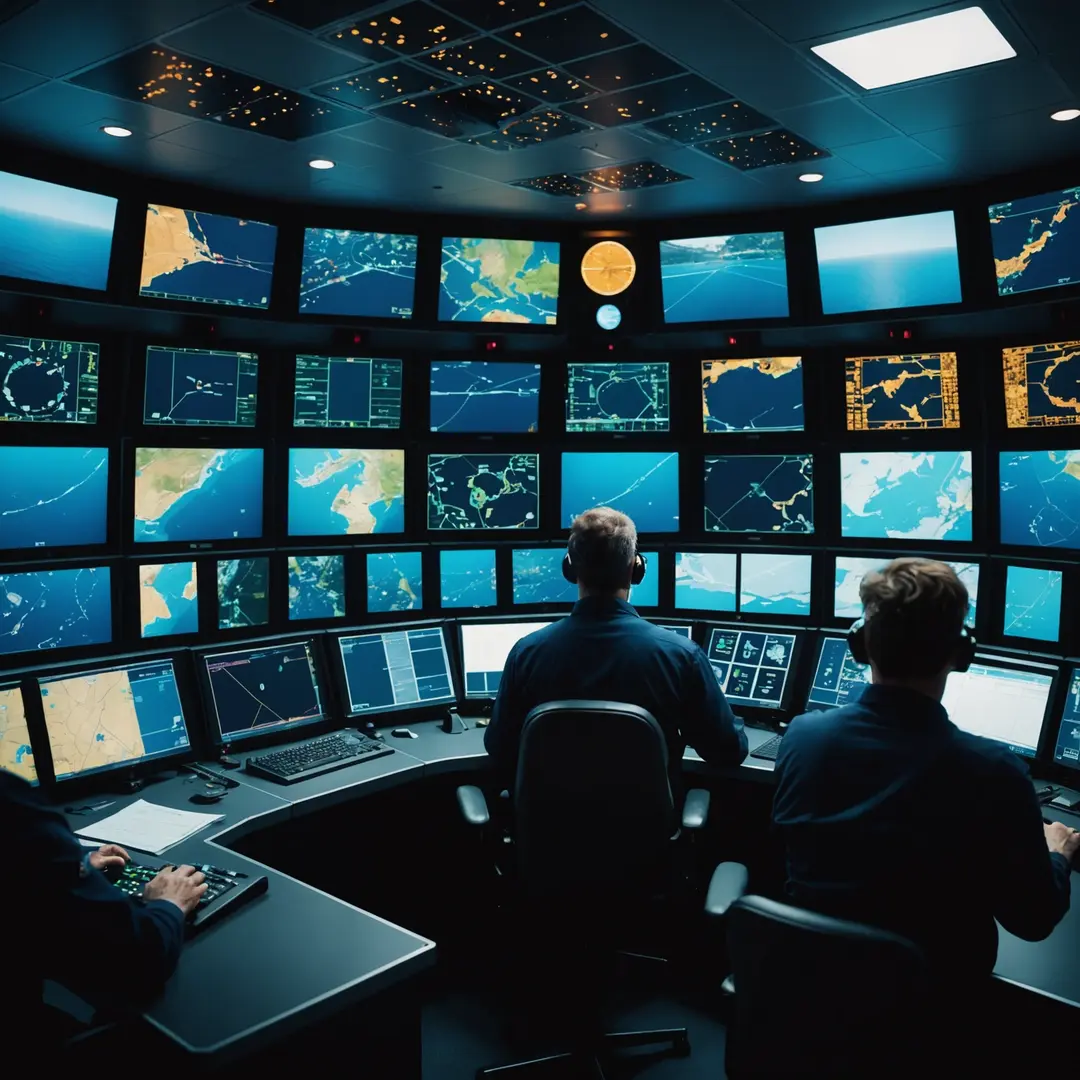
Traditional methods of maritime monitoring often fall short in effectiveness. Shore-based observation and manned vessels are limited in their reach and capabilities. As Johnsson pointed out in the podcast, many organizations rely on individuals with binoculars to monitor marine protected areas, which is inherently restrictive. Additionally, satellite monitoring, while seemingly advanced, has its own drawbacks, including limited resolution and infrequent coverage. Johnsson emphasized a common misconception: the impressive imagery seen on platforms like Google Maps is often not sourced from satellites but from planes, highlighting the limitations of satellite technology in real-time monitoring.
Drones: Bridging the Gap in Maritime Surveillance
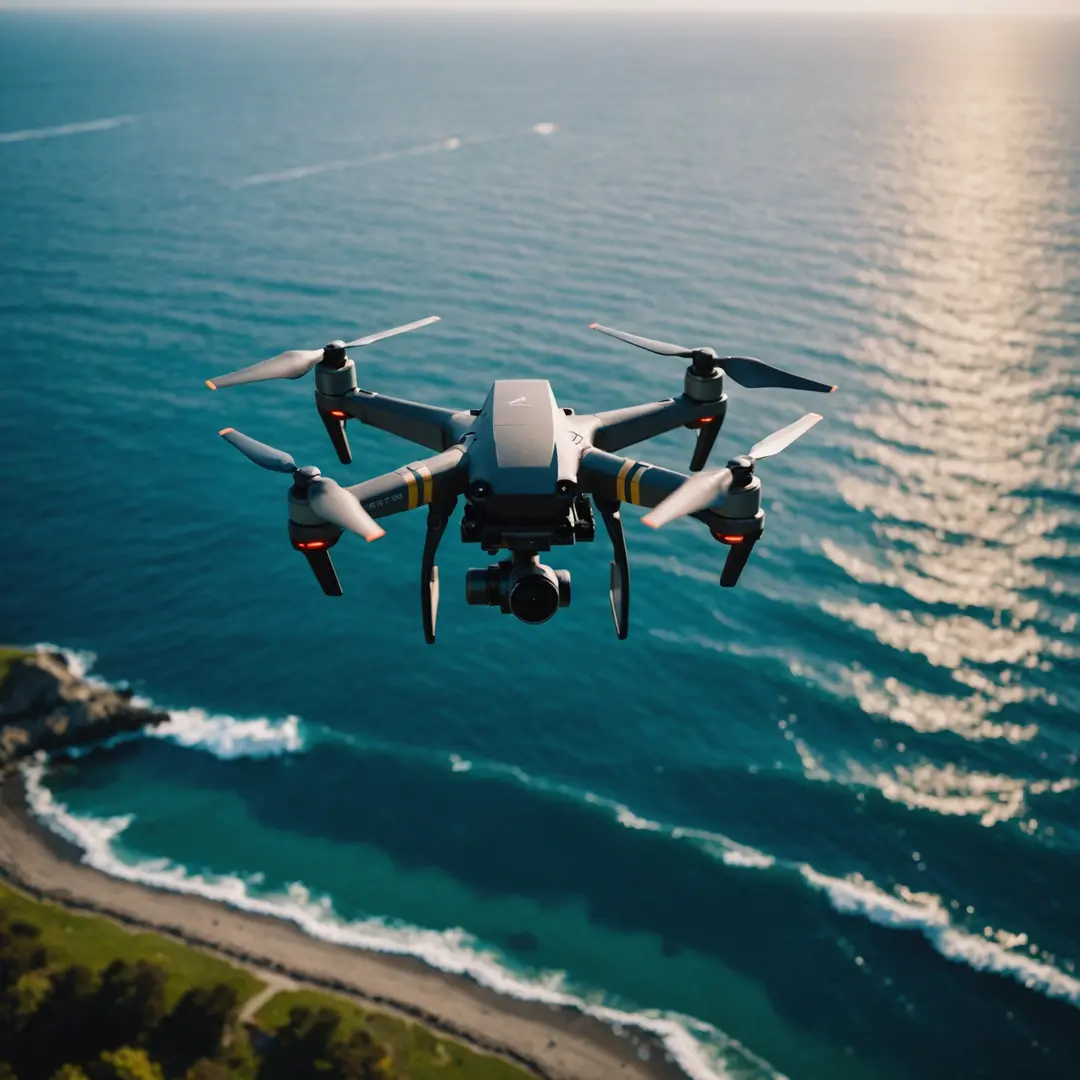
Drones emerge as a solution to the challenges posed by traditional monitoring methods. They offer numerous advantages, including cost-effectiveness, automation, and the ability to cover large areas over extended periods. Johnsson explained how drones complement satellite data by providing real-time imagery, allowing for immediate responses to suspicious activities. This capability is crucial for enhancing maritime security and ensuring that threats are addressed promptly.
Marble Aerospace: Revolutionizing Maritime Monitoring
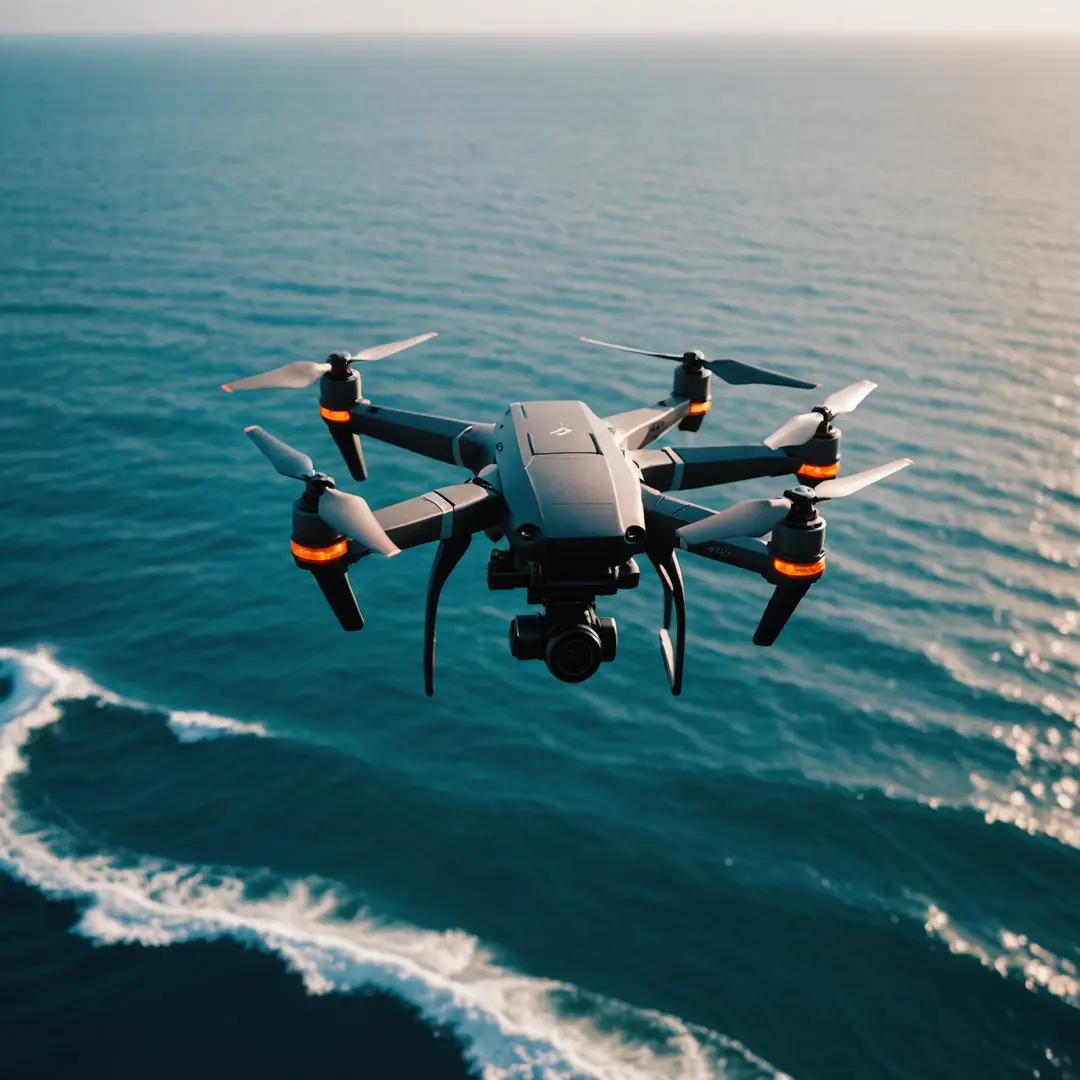
At Marble Aerospace, the focus is on utilizing high-speed drones for comprehensive maritime monitoring. This innovative approach allows for real-time data collection, improved coverage, and significant cost reductions compared to traditional methods. Johnsson shared insights into how their drones effectively identify suspicious vessels, enhancing maritime security and offering a proactive solution to monitoring challenges.
The Future of Drones in Maritime Monitoring
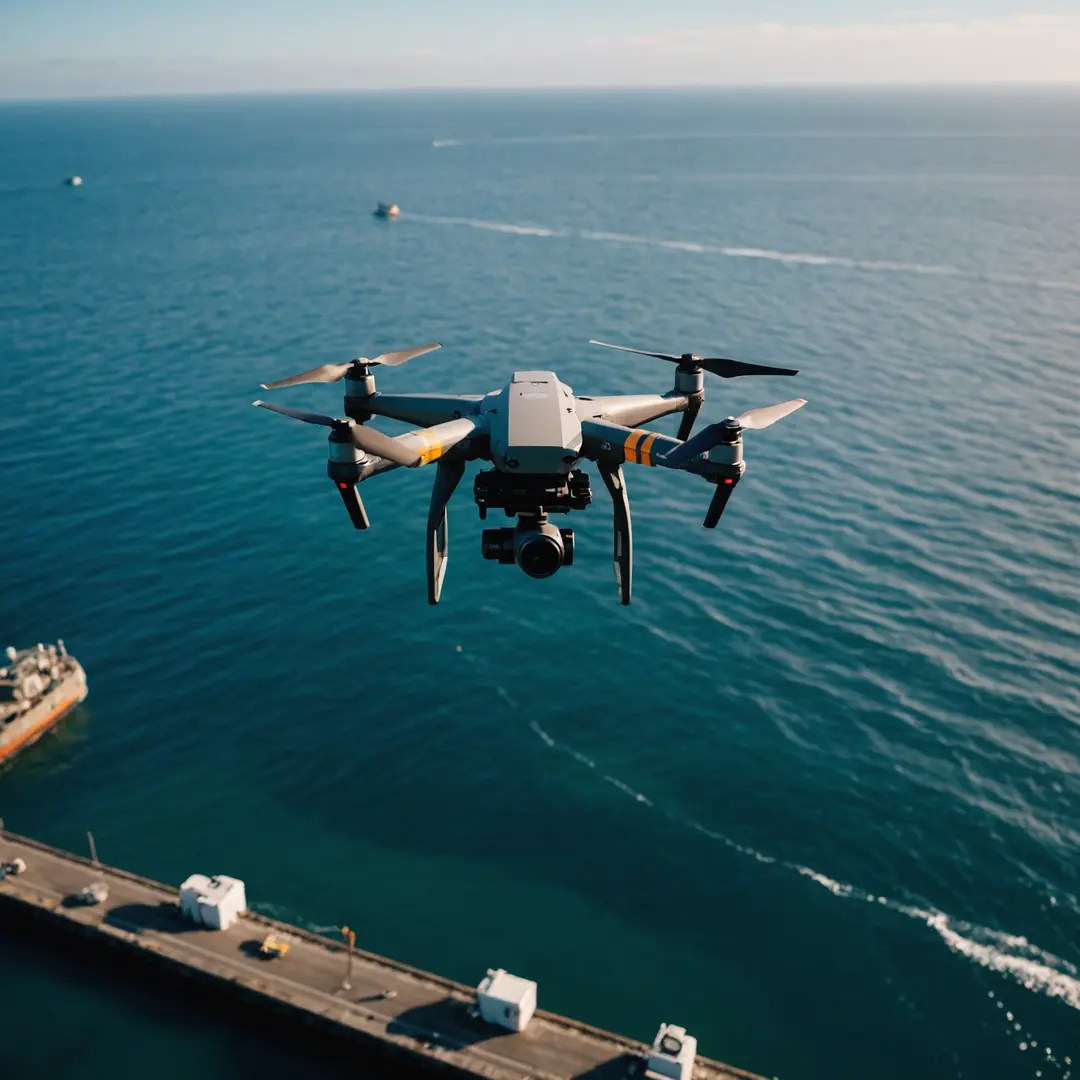
The future of drones in maritime monitoring is filled with potential. Johnsson envisions a landscape where drones are equipped with onboard processing capabilities that can recognize vessel types and analyze behaviors. This advancement would enable drones to provide even more detailed insights into maritime activities. Furthermore, the idea of utilizing drones for underwater surveillance, potentially with sonar technology, opens up new avenues for exploration and monitoring beneath the ocean’s surface.
Trends Shaping the Drone Industry

The drone industry is rapidly evolving, with several emerging trends that could significantly impact maritime monitoring. One such trend is the development of counter-drone technology, which focuses on detecting and neutralizing drones used for malicious purposes. Additionally, advancements in battery technology are crucial for extending the range and operational time of drones. Johnsson also highlighted the growing role of artificial intelligence in drone operations, which will enhance autonomy and allow for more complex tasks to be executed without human intervention.
Advice for Aspiring Engineers and Entrepreneurs

For those aspiring to enter the fields of engineering or entrepreneurship, Johnsson offers valuable advice: stay curious and embrace experimentation. The drone technology landscape is still relatively new, brimming with opportunities for innovation. He encourages future engineers to pursue unconventional ideas and continuously learn, as many successful initiatives at Marble Aerospace stemmed from out-of-the-box thinking.
Conclusion

In conclusion, the transformative potential of drones in maritime monitoring cannot be overstated. As highlighted throughout the podcast and this article, innovation and collaboration are essential in addressing the challenges of maritime security. Marble Aerospace, under the leadership of Mathieu Johnsson, exemplifies how technology can be harnessed to create sustainable solutions for monitoring our oceans. For those interested in learning more about this groundbreaking work, exploring Marble Aerospace’s initiatives is a must.





